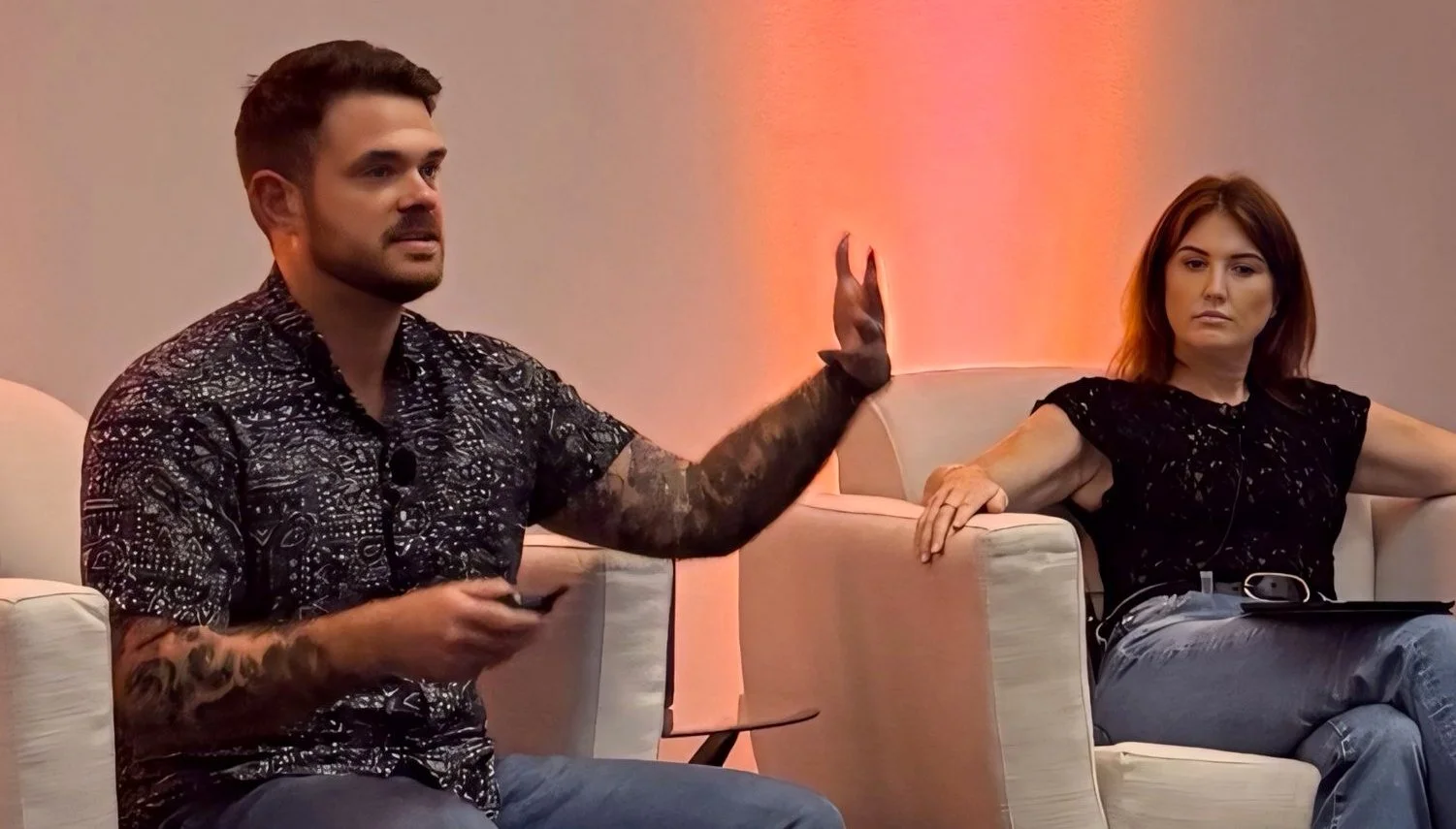Content atomization for event marketers
Content atomization for event marketers
Takeaways from Corporate Events Marketing Association Summit (CEMA)
Key takeaways & strategic framework
What is content atomization? Content atomization is the strategic process of transforming long-form event content—such as keynotes, panels, and interviews—into smaller, targeted, reusable assets. These assets are deployed across multiple channels and audience segments throughout the year, enabling brands to stay relevant beyond the event itself.
Unlike simple content syndication (e.g. uploading a full session on-demand), atomization reframes and repackages content to drive sharper audience relevance, stronger message retention, and measurable ROI. It’s how leading brands own every moment—not just the big stage moments, but every micro-touchpoint that follows. From post-event recaps to sales enablement tools, atomization empowers brands to extend the life and impact of every interaction.
Why it matters
Content atomization addresses three common gaps that prevent brands from getting the full value from their event content:
• Lack of prioritization: Content is often an afterthought, with minimal strategy or resources allocated.
• Lack of time: Teams may capture great content onsite but fail to map out how and when to use it afterward.
• Lack of strategy: Content ends up sitting in silos or on hard drives, never fully leveraged.
When done right, atomization transforms one-time content into a sustained storytelling engine—allowing your brand to own every moment of the audience journey. It ensures your key messages aren’t just delivered, but remembered, repurposed, and reinforced across time, channels, and teams
Atomization transforms one-time content into a sustained storytelling engine.”
The atomization framework
This strategic template can be adapted to any event or organization:
1. Source content
Identify the raw content you’ll capture at the event (e.g. speaker sessions, panels, interviews, B-roll).
2. Define target audience
List internal and external personas (e.g. prospects, customers, sales team, partners, internal teams).
3. Map key messages
Identify what each audience should take away. Align brand messages to specific audience needs or interests.
4. Create net-new assets
Brainstorm content formats matched to the audience and message:
• Short video clips or reels
• Infographics and quote cards
• Social media series
• Email campaigns
• Podcasts, playbooks, blogs, and training
modules
5. Deploy strategically
Build a timeline for when and where content will be shared. Keep the message alive across multiple platforms throughout the year.
Strategic Benefits
Extends the impact of events beyond a single moment.
Supports brand consistency and long-term storytelling.
Enables other teams (e.g., sales, product, HR, customer success).
Engages both attendees and non-attendees.
Maximizes the ROI of event investments.
Psychological foundation
The goal is not just message delivery, but message retention and recall.
Sensory context (sights, sounds, emotions) helps create strong memory encoding at events.
Strategic follow-up content (mirroring the event) helps reactivate those memories over time, increasing impact and relevance.
Reinforces key messages against the natural forgetting curve.
Implementation tips
1. Build an atomization team: Include diverse stakeholders who use or create content.
2. Start early: Content planning should begin when event planning begins.
3. Document strategy: Use a simple deck slide per audience: Source Content → Target → Message → Asset → Channel.
4. Design for capture: Treat events like a film set—optimize spaces and visuals for high-quality content.
5. Appoint a lead: Make someone accountable for execution, even if it’s a one-person team.
6. Use AI to scale:
Transcribe and summarize sessions
Identify themes and quotes
Draft derivative content (blogs, social posts, playbooks)
Example content types to repurpose
Post-event recaps for attendees and non-attendees.
Daily 60-second highlight videos.
Interview series or quote graphics.
Gated executive session recordings and email drip campaigns.
Social campaigns like "Top 25 Industry Voices."
Commentary overlays or post-event "after party" webinars.
Internal LMS modules, playbooks, and onboarding tools.
Final advice
• Don’t let great insights die on stage—content capture is just the beginning.
• Align early and often with internal teams and external speakers.
• Create once, use everywhere: the goal is smarter—not more—content.
• Start small and build momentum. One well-executed asset can unlock broader team buy-in.
• Keep it strategic, scalable, and tied to measurable outcomes.
To get started on content atomization for your events, please contact your Invision account director or info@iv.com



